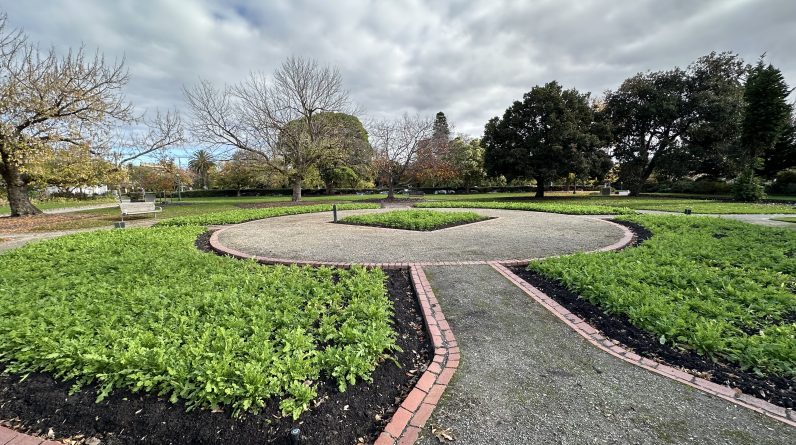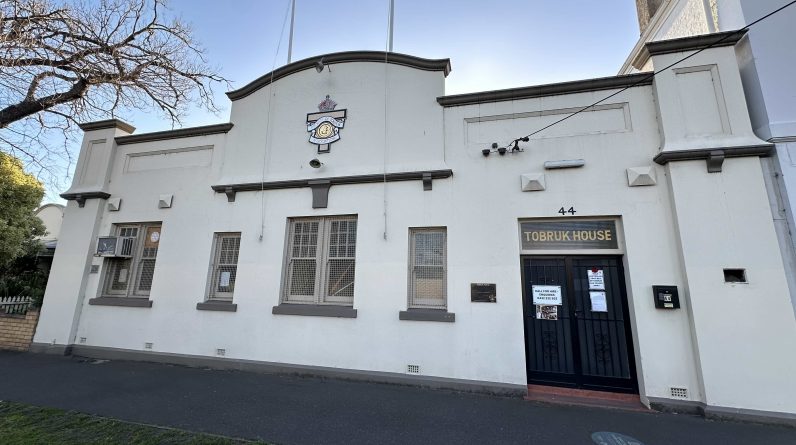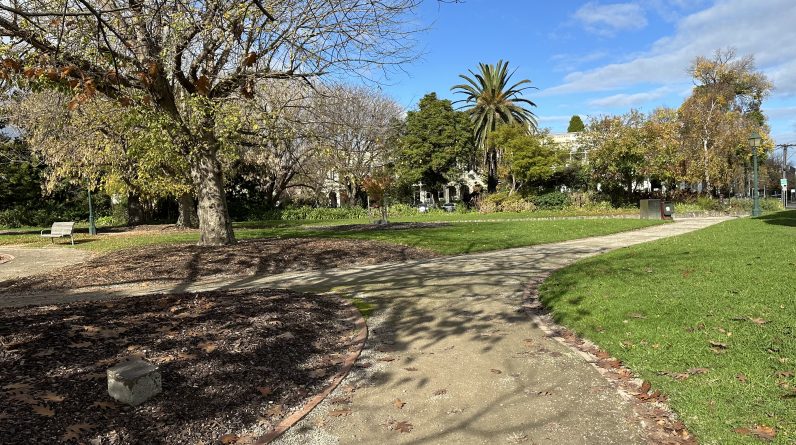
Albert Park, a picturesque suburb nestled in the heart of Melbourne, is renowned for its lush greenery, tranquil lake, and vibrant community. But have you ever wondered how this iconic suburb got its name? Let’s dive into the rich history behind Albert Park, a name that echoes the legacy of British royalty and Melbourne’s evolving landscape.
The Royal Connection: Prince Albert’s Legacy
Albert Park is named in honor of Prince Albert, the beloved consort of Queen Victoria. Prince Albert, born in 1819, was a significant figure in the British monarchy, known for his contributions to the arts, science, and education. His influence extended far beyond the United Kingdom, reaching the shores of Australia during the mid-19th century.
In 1861, the year of Prince Albert’s untimely death, Melbourne was a burgeoning city, growing rapidly in population and infrastructure. To commemorate Prince Albert’s impact and legacy, the Victorian government decided to name a prominent public space in his honor. Thus, Albert Park was born, symbolizing the admiration and respect held for the Prince by the people of Melbourne.
From Swamp to Splendor: The Transformation of Albert Park
Before becoming the beautiful parkland we know today, the area that is now Albert Park was originally a low-lying, swampy terrain. In the early 1860s, efforts began to reclaim and transform this land into a public park. The process involved extensive drainage and landscaping, turning the marshy ground into a usable and aesthetically pleasing space for the public.
By 1876, the transformation was well underway, and Albert Park began to take shape. The construction of a man-made lake, known today as Albert Park Lake, became a central feature of the park. This lake not only added to the park’s beauty but also served practical purposes such as boating and fishing, making it a popular recreational spot.
A Community Hub: The Evolution of Albert Park
Over the years, Albert Park has evolved into a vibrant community hub, hosting numerous events and activities that draw locals and tourists alike. The park is perhaps best known for hosting the Australian Grand Prix, a prestigious event that attracts motorsport enthusiasts from around the globe. This annual event has cemented Albert Park’s reputation as a key location on the international sporting calendar.
Beyond the Grand Prix, Albert Park offers a plethora of recreational activities. From jogging and cycling tracks to sports fields and picnic areas, the park caters to diverse interests and age groups. Its picturesque setting and well-maintained facilities make it a cherished green space in the heart of Melbourne.
Albert Park Today: A Blend of History and Modernity
Today, Albert Park stands as a testament to Melbourne’s rich history and dynamic growth. It seamlessly blends its historical roots with modern amenities, offering a perfect escape from the hustle and bustle of city life. The park’s extensive walking trails, serene lake views, and abundant wildlife create an idyllic environment for relaxation and recreation.
Albert Park’s historical significance, combined with its ongoing role as a community focal point, ensures that it remains an integral part of Melbourne’s cultural and social landscape. As you stroll through the park or enjoy its myriad offerings, take a moment to reflect on the legacy of Prince Albert and the transformation of this remarkable suburb.
Conclusion
Albert Park’s name is more than just a tribute to British royalty; it encapsulates the spirit of transformation and community that defines Melbourne. From its origins as a swampy terrain to its current status as a vibrant recreational hub, Albert Park continues to be a beloved landmark in the city’s ever-evolving narrative. Whether you’re a local or a visitor, exploring Albert Park offers a unique glimpse into Melbourne’s past and present, making it a must-visit destination for all.






